



21:




22:


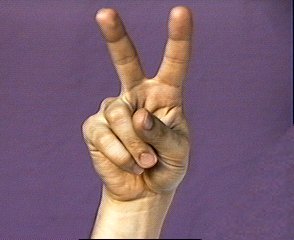
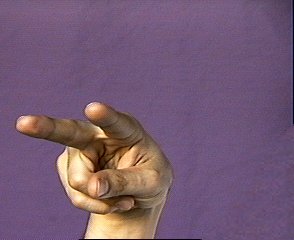



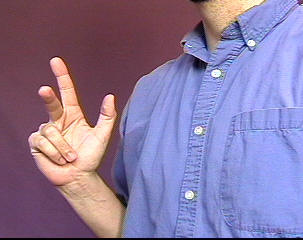
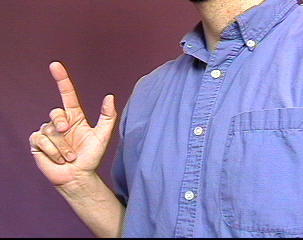
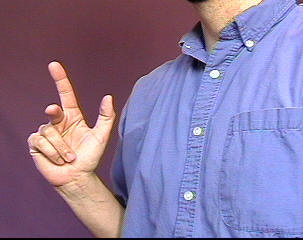
24


25.



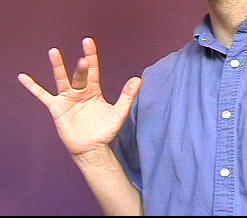
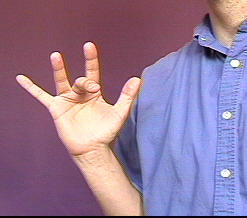
26.
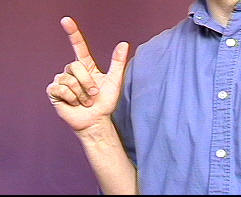

27

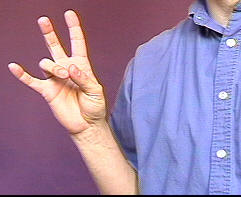
28


29

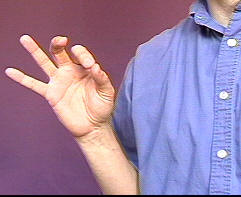
30

American Sign Language University ™ ASL resources by Lifeprint.com © Dr. William Vicars
Lii: How do I sign the 20's? I seem to have trouble with those numbers.
DrVicars: Again we have at least two ways. The simplest is to do the
number "2" then the next
number. For example, "25" would be done by showing a "2"
then showing a "5." A somewhat
more popular method seems to be to sign the letter "L" then the
second digit. The "L" indicating
that you are in the "20's" and the second digit indicating which
particular number of the twenties.
For example: You can sign "21" by showing an "L" and
then a "1." The number 20 looks like
the letter g with the index and thumb closing together a couple times.
Most people tend to bounce the number "2" twice to represent
the concept of 22.
[bend the hand down and up at the wrist, first pointing slightly to the left
and then again pointing
somewhat to the right.] The numbers 23 and 25 can have a fluttering motion.
"23" looks like
the number 3 with the middle finger fluttering up and down a few times.
"25" looks like the
number 5 with the middle finger fluttering up and down a few times.
In a message dated 2/6/2008 3:46:13 P.M. Pacific Standard Time, stephieej@ writes:
Are 26-29 always done with a "L" shaped 2, or can it be done with a "2" shaped 2?
-Stephanie
Crazy: So only one hand is use for those numbers we just discussed?
DrVicars: Yes, that is correct.
Crazy: No wonder I was confused, I was thinking it was 2 hands!
Art: What does "L" have to do with it?
DrVicars: "L" has nothing to do with it. That is just the way
deaf people do it. Try to not think
of it as an "L" but rather think of it as a digit that in context
represents "the twenties." Why do
you say dog instead of woof because that is the way it ended up in the
language. We (I) get
spoiled in ASL because so many things are iconic. Who knows what iconic
means?
Lii: I don't.
Kloos: Symbolic?
KC: Looks like what it is?
DrVicars: Right KC. The sign for cat visually represents a cat's whiskers. In computer terms, an icon is an image on the screen that represents a certain command. For example, a little picture of a trash can might represent the command for the computer to "throw away" or erase a file, but in general an icon is a symbol or image that represents something. I'm using it here to mean "visually representational." But you need to remember that not all signs are iconic. ASL, like any true language, is symbolic and at times arbitrary. Signs mean what they do because the people who use them say so, and that is the bottom line.
Aimie: It actually makes things easier to remember that way. [iconically]
Aimie: Like for the sign "MEAT" you grab the flesh of your hand.
DrVicars: Oh sure, we are "lucky" there are so many signs that look like what they represent.